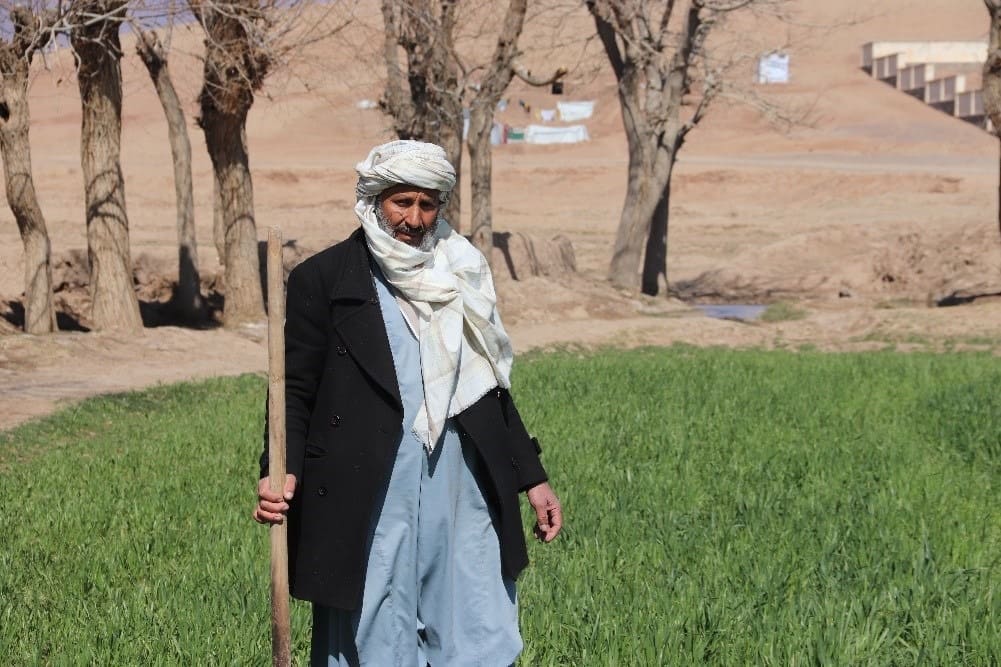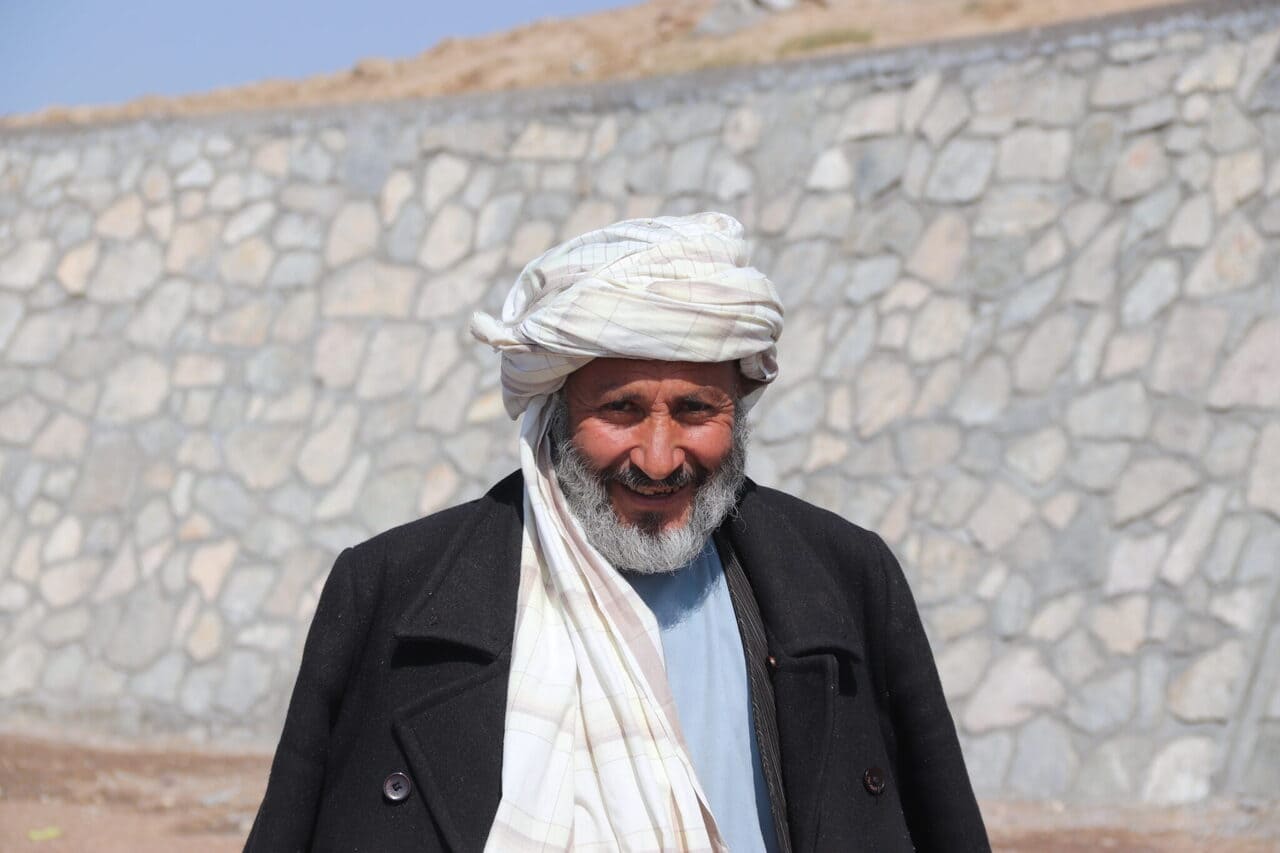This post was originally published on 3rd party site mentioned on the title ofthis site
For many years, the villages of Dehshaikh and Parwana in Afghanistan’s Herat province have been deserted due to repeated flash floods that destroyed crops, livestock, and homes. However, a project by Islamic Relief has been aiding these communities in adapting and thriving.

Ghulam, a dedicated farmer in Parwana village, has spent most of his life growing wheat. Despite the challenges, he persists with his two sons’ help. Unlike farmers in nearby areas, Ghulam hopes for dry weather after heavy rains to avoid floods that destroy his crops and block market access.
Rural farmers depend on a system of canals for watering their crops. Unfortunately, floods and water seepage often damage these canals, reducing their effectiveness in delivering water to the fields. This scarcity of water frequently leads to disagreements among farmers.
“In the past, fixing the damaged sections of the canal and redirecting water flow into multiple sub-canals required hiring laborers and purchasing wooden stacks and plastic sandbags. It was costly. We were always running out of water due to seepage, and disagreements about water usage always arose among farmers,” Ghulam shared.
Islamic Relief, collaborating with the United Nations Development Programme (UNDP), has been aiding farmers such as Ghulam by repairing critical canals. Through the Area-Based Approach for Development Emergency Initiative (ABADEI), local residents were engaged in constructing a 164-meter-long protective wall, a super passage, and canal lining between April 2023 and June 2024.

The rehabilitated systems saved valuable water for both drinking and irrigation for 800 families in Dehshaikh and Parwana villages, creating employment opportunities for over 50 community members and boosting the local economy. The new irrigation system provides farmers with three times the water they had before, with considerably less effort. More water means more food to eat and sell, improving lives and incomes.
The project enabled poor rural families, previously unsure of where their next meal would come from, to plant crops twice a year instead of just a single wheat crop, boosting incomes, resilience, and food security.
“Following the completion of the protection wall, my farm has been receiving uninterrupted water flow, allowing me to carry out my farming activities throughout the year,” Ghulam says. “Before the protection wall, the shortage of water was a major problem. Water used to flow away unused, but now we have sufficient water for our crops, and we no longer worry about floods.”
Gulbudin, the village leader, has observed significant enhancements in his community’s standard of living since the construction project.
“This initiative was jointly undertaken for two villages with a population of over 1,500 people. The century-old canal, previously in poor condition, has been revitalized. We are now expanding our fields to include new crops, and our women are planning to start kitchen gardens for growing vegetables.”
These new agricultural infrastructure improvements have facilitated sustainable farming practices, leading to higher crop yields, improved income opportunities, and enhanced food security for the community.




